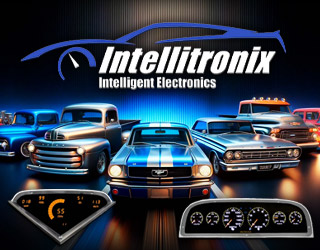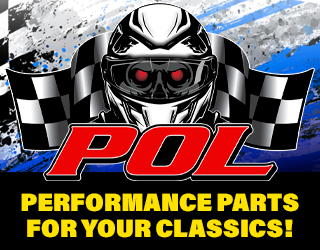Late Model
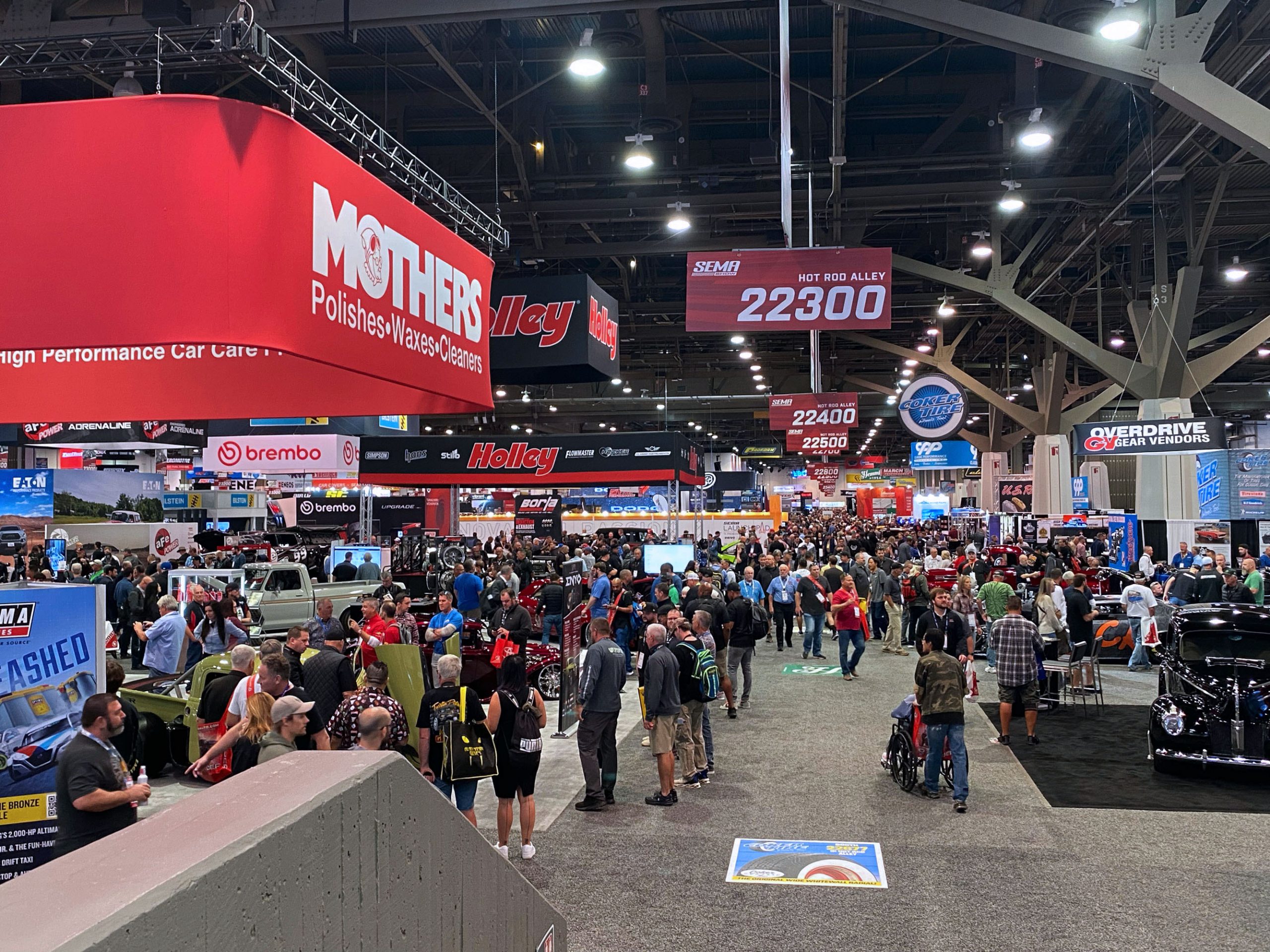
The Specialty Equipment Market Association (SEMA) Show engulfs Fabulous Las Vegas annually. It brings together the biggest names in the automotive world to show off the latest and greatest, whether it’s new products, amazing custom builds, or the newest trends. TheAutoBuilder is excited to be in the thick of it all.
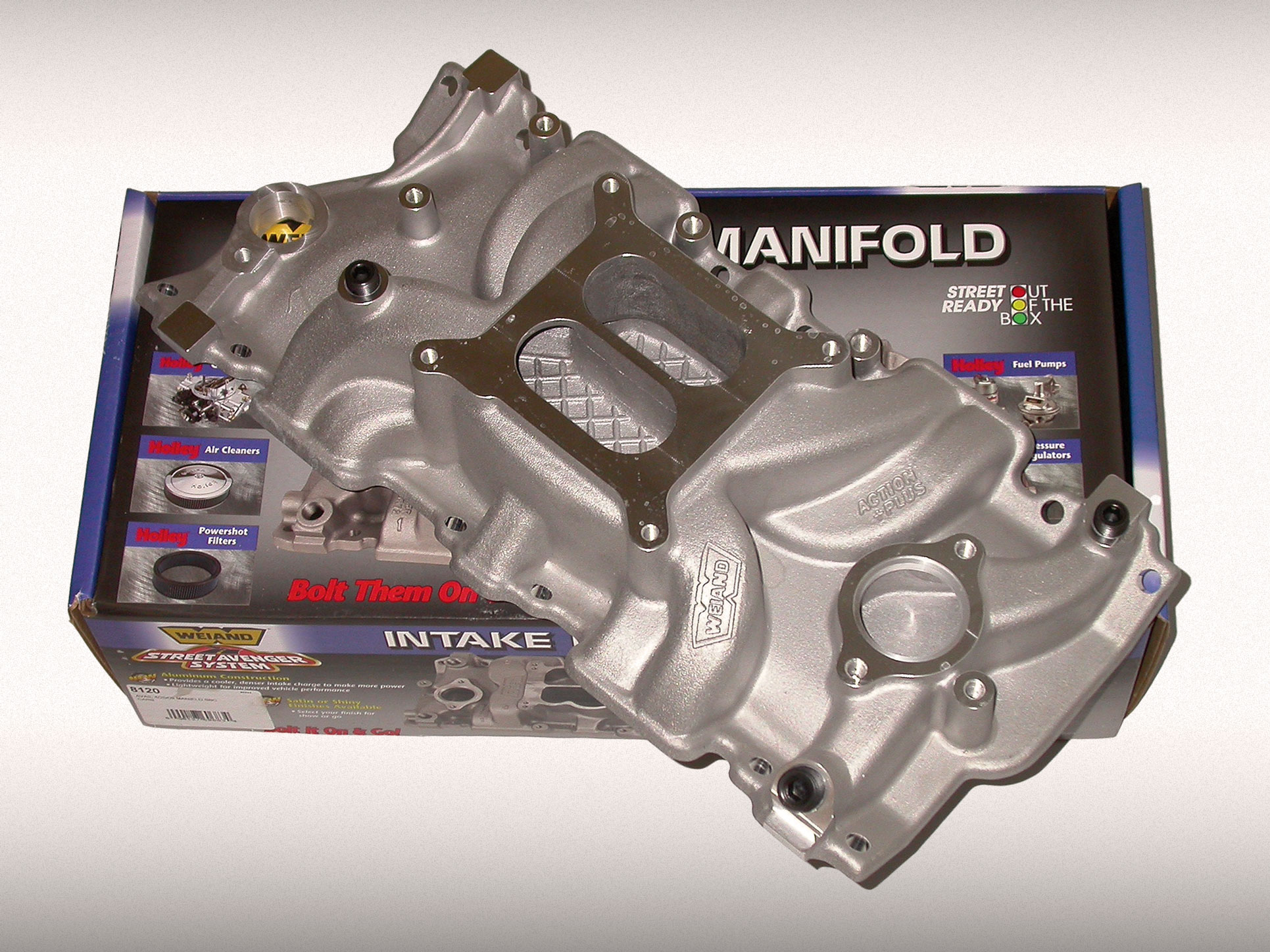
While the factory cast-iron four-barrel Q-Jet intake manifolds have performed admirably on literally thousands of GM applications—and if you are picking your engine from a used lot to use in a swap, it will likely be so equipped—every last one of them should be torn off the car and thrown in the dumpster.
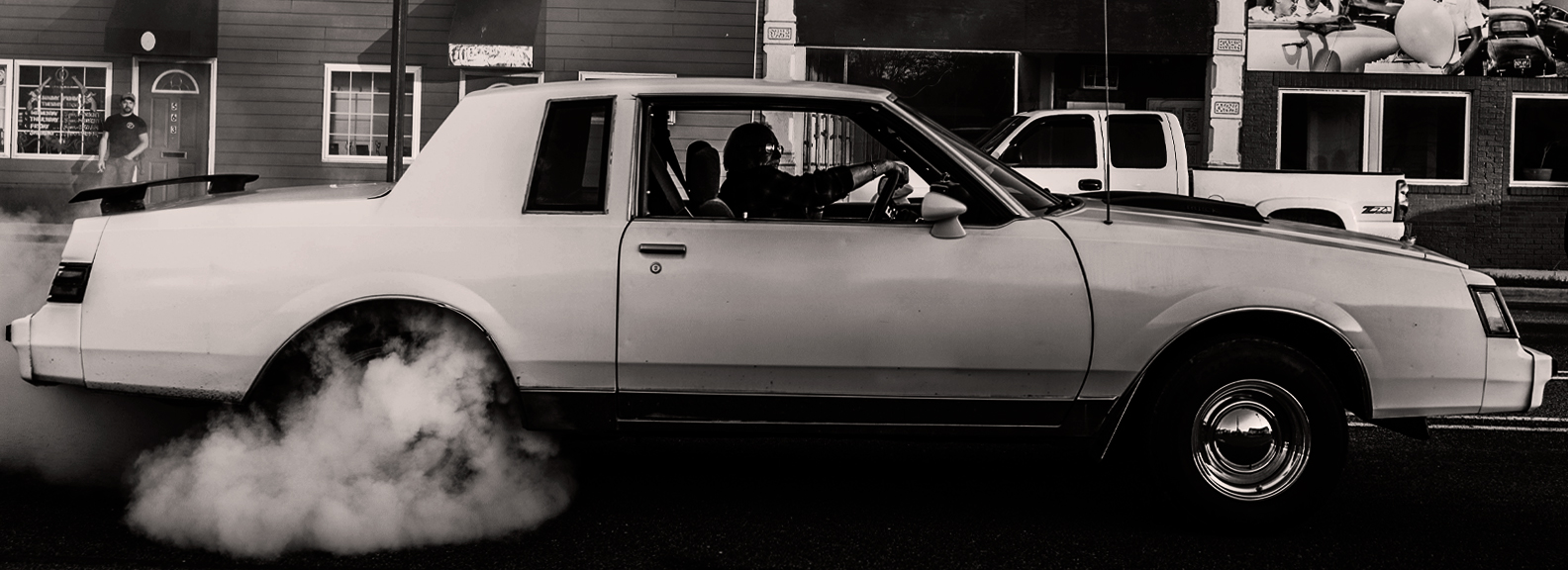
Have you ever noticed how some people can take their car to the strip and look as if they’ve raced all their lives, while others look totally out of control in the bleach box and during staging? More often than not, the driver with the calm, cool and collected approach seems to regularly trigger the win light. The reason for this smoothness isn’t completely initiated by the driver; in most instances, it is the correlation between man and machine.
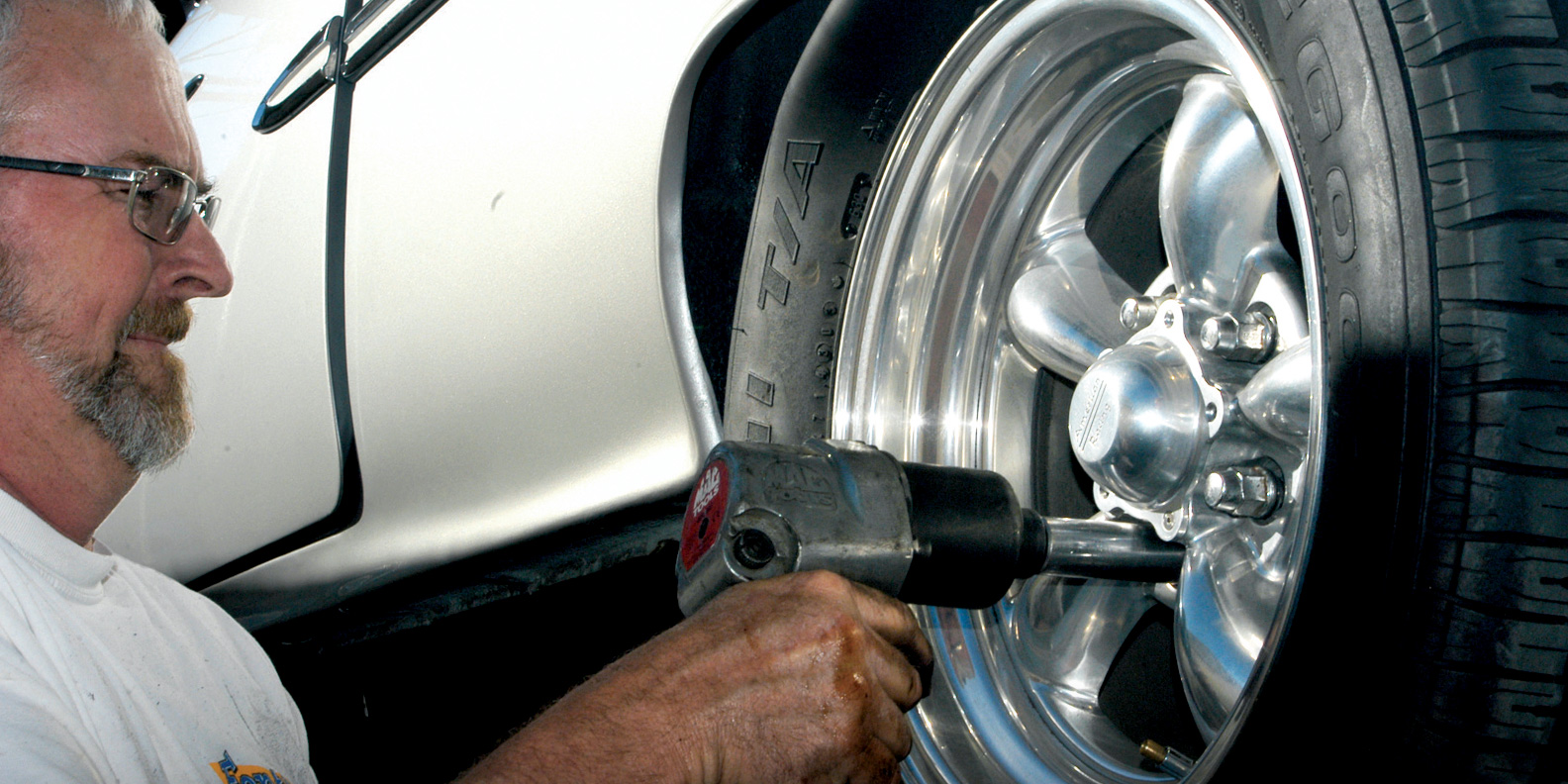
If you are driving down the highway in an older car, you are at a major disadvantage if you have to make a quick stop. Many of the high-performance cars being built today have fantastic stopping power, and if you can’t stop as well as the car in front of you, that could certainly be a big problem. The owner of this ’55 Chevy improved it with front disc brakes that work well, but he wanted the Chevy to stop even better, so he decided to add rear disc brakes.

Replacing interior components is not usually that difficult, but interior repair–especially seat repair–requires skills, equipment and training which many enthusiasts may not have acquired. To find out what it takes to make a replacement seat, we went to the Performance Choice division of Mid America Motorworks in Effingham, Illinois.
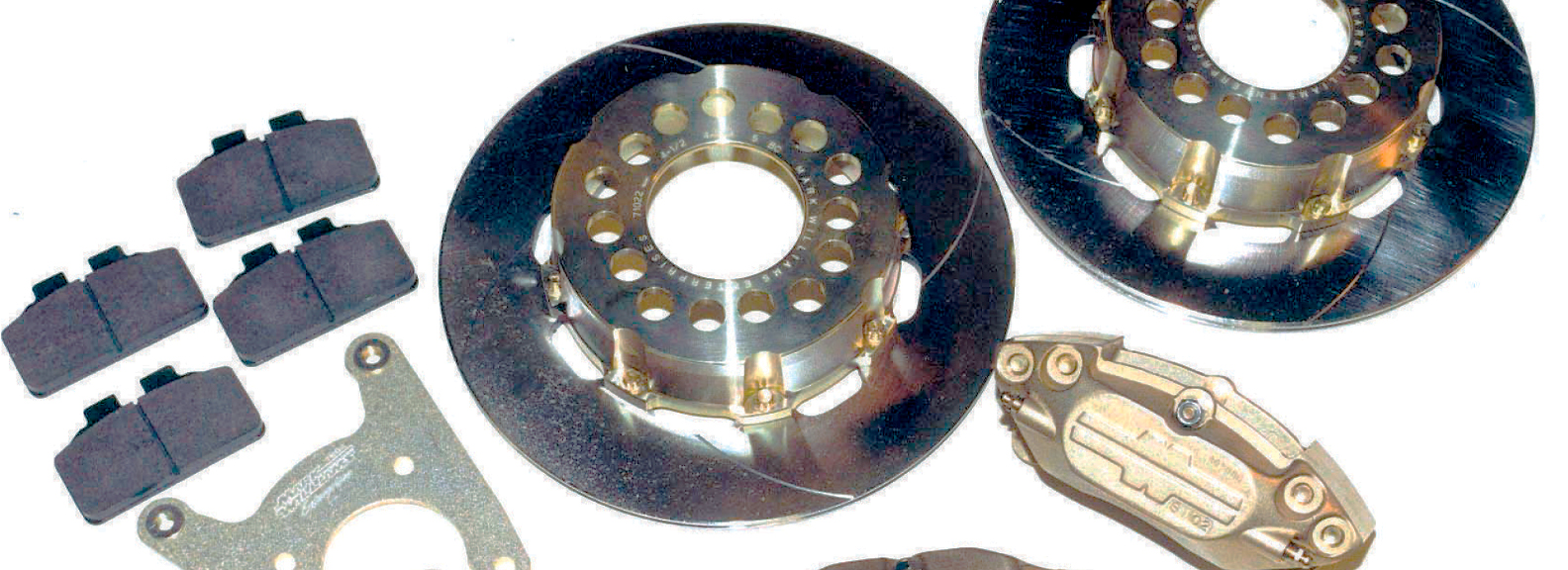
In the eyes of the Chevy enthusiast, ultimate acceleration reigns supreme. Everything plays second fiddle in the performance-oriented minds of many enthusiasts, including handling, comfort and so on—besides, those things are tough to quantify. Acceleration and top speed are what we are into and unfortunately, all too often, last on the performance priority list is braking. Remember, no matter how quick or fast a particular Chevy is, and no matter how well that Bow Tie handles, no matter how plush it is, no matter how straight the body panels are or how crafty it’s built, eventually you have to get the thing to stop.
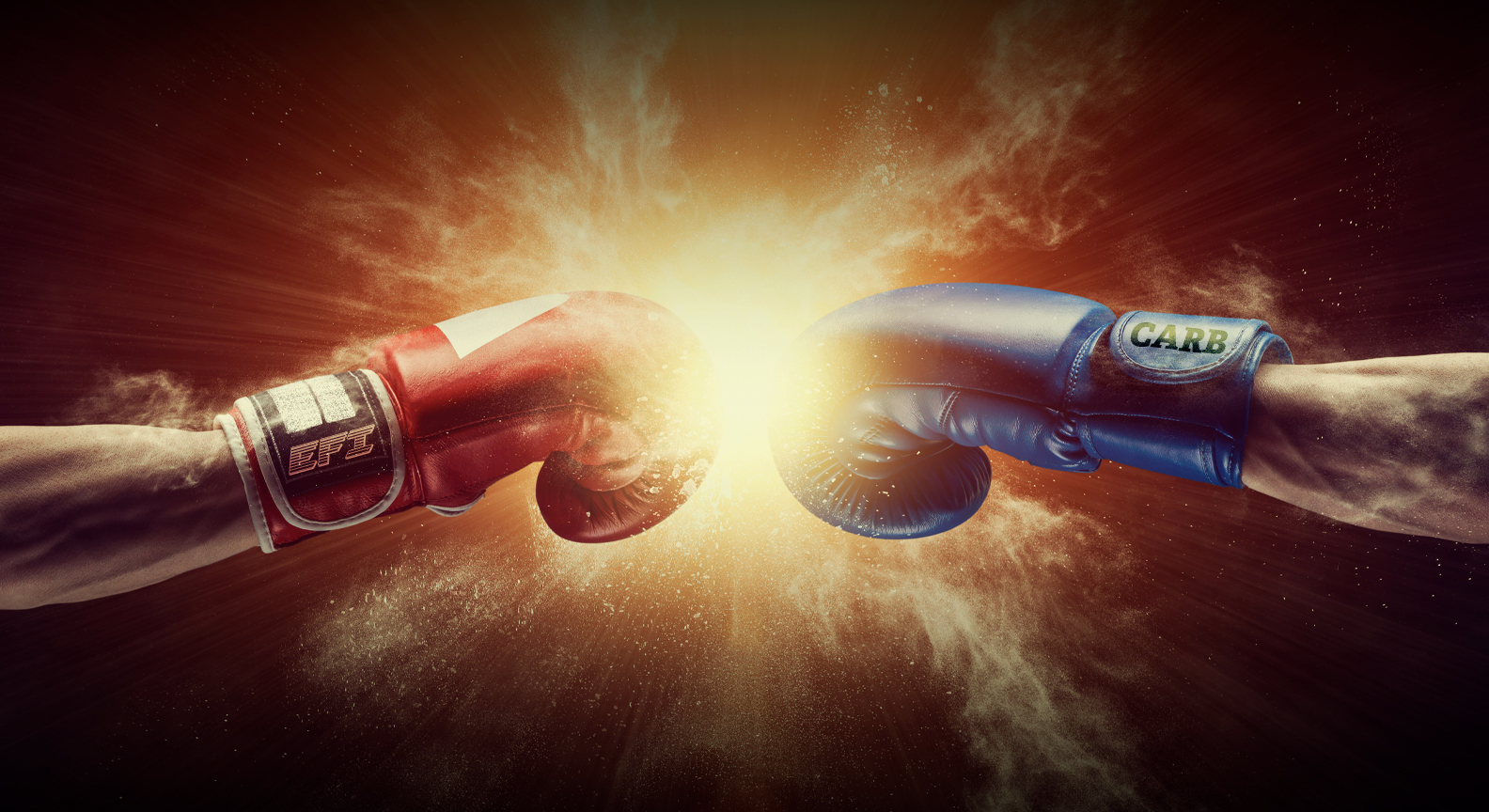
What makes more power: carburetors or computers? While the ultimate answer is that a sophisticated electronic fuel-injection system will virtually always outpower a carburetor, the real question may be whether the power gains are worth the extra expense and complexity of installing an EFI system.
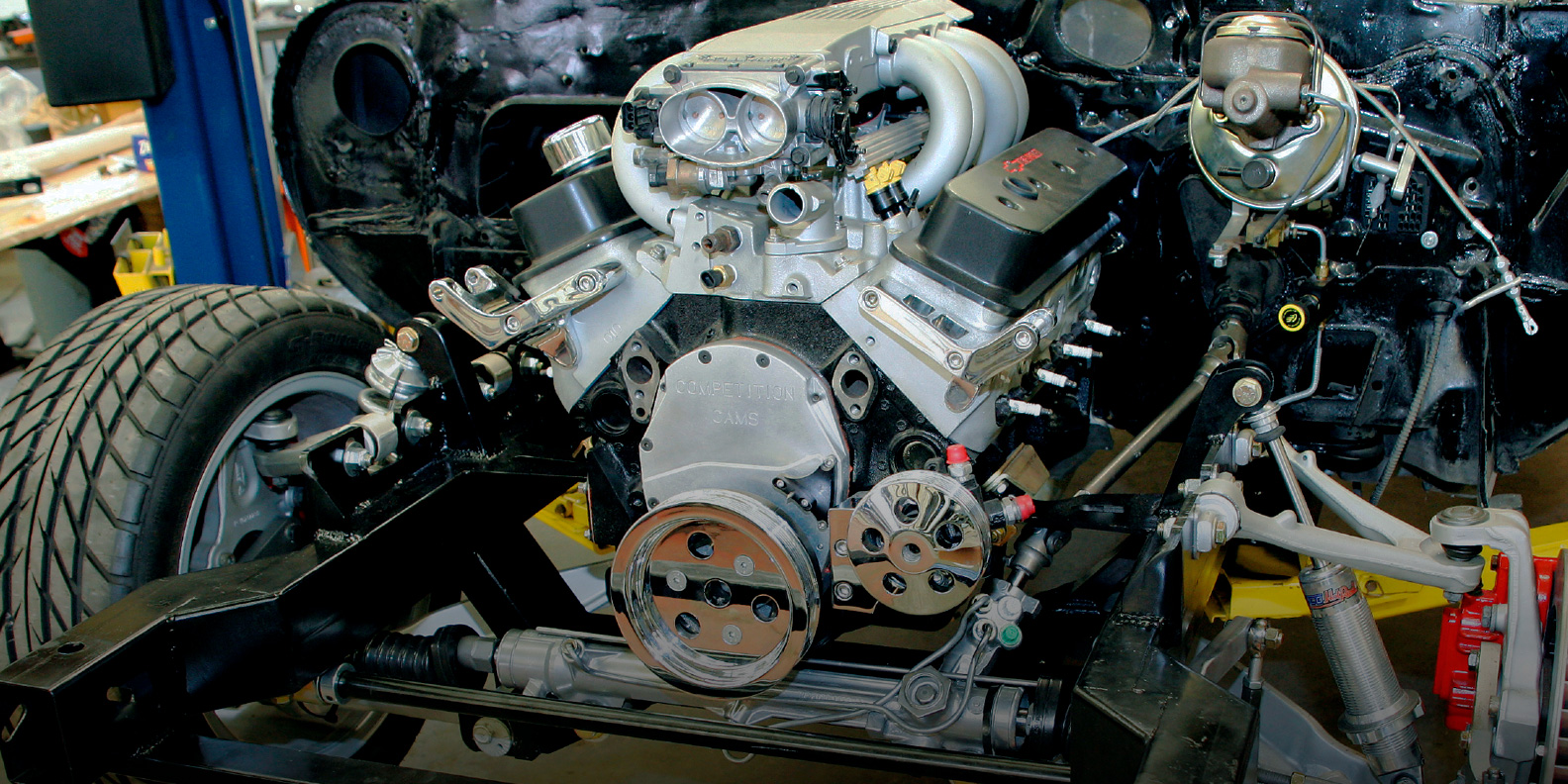
These are great days to be a muscle-car enthusiast. Performance parts are plentiful, new stampings to replace rusted sheetmetal are regularly popping up, and GM’s crate motor program makes it easier than ever to drop in a new power plant that combines incredible power with everyday drivability. Old Camaros or Novas have been passed over because they were saddled with a wimpy six. Now, however, they are the perfect candidates for a heart transplant, namely, in the form of Chevrolet’s marvel of horsepower engineering: the LS1 engine.

Wheel choice is probably the single biggest factor in determining the direction of your project. Just as the thought of installing stock steel wheels on anything other than a restoration seems absurd, the idea of installing race-styled wheels on a restoration may be just as absurd. Or is it?

Some Years Ago, Chevrolet Began Lowering Engine Compression (To 8.50:1) In An Effort To Meet Tailpipe Emissions Numbers. It Also Retarded Camshaft Timing In An Effort To Lower NOX (Nitrides Of Oxygen/Unburned Particulates). By 1974, Horsepower, Torque And Overall Engine Efficiency Had Dropped Some 30 Percent To 50 Percent. Chevy’s RPO L48 And LM1 350 Small-Block V-8s Then Got A Flow-Restrictive Catalytic Converter In 1975, And Finally In 1985, A New Monolith Catalytic Converter, As Well As Direct-Port Fuel Injection And Improved Camshaft Timing, Boosted Horsepower, Torque And Engine Efficiency.





